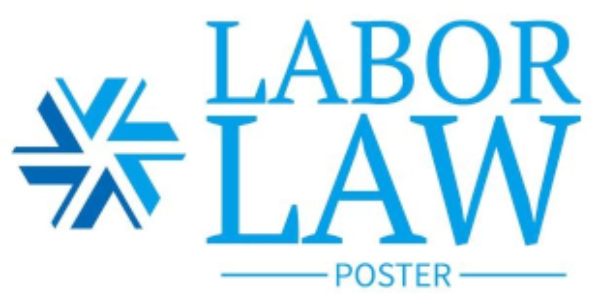Digital vs. Physical Labor Law Posters

Digital vs. Physical Labor Laws Posters: Which is Better?
Introduction
Labor laws posters are important. They tell workers their rights. But how should we display them? Digital or physical? Both have pros and cons. Let’s explore. Also, let’s find out which is better.

digital-labor-law-posters
Understanding Digital Posters
Digital posters are on screens. Computers, tablets, and phones can also show them. They are electronic. You can click on them. Also, you can zoom in. They are modern. Also, they are getting popular.
The Beauty of Physical Posters
Physical posters are traditional. They are printed on paper. You can touch them. They hang on walls. Workplaces have used them for years. They are familiar. Also, they are easy to see.
Accessibility: Reaching Every Worker
Digital posters are everywhere. You can see them from anywhere. A worker in New York can see the same poster as one in Texas. They need the internet. Also, they need a device. Physical posters are different. You have to be there. It would be best if you walked up to them. Also, it would be best if you had good lighting.
Updates: Keeping Information Fresh
Laws change, and labor law poster needs updates. Digital posters make this easy. One-click can update them everywhere. Also, it’s instant. Physical posters take time. You need to print new ones. Also, it would be best if you hung them up.
Cost: Thinking About the Budget
Digital posters need tech. Tech can be expensive. It would be best if you had screens. Also, you need internet. But, once set up, costs are low. Physical labour law posters have printing costs. Also, they wear out. It would be best if you replaced them.
Engagement: Catching the Worker’s Eye
Digital posters are flashy. They can have animations. Also, they can have videos. This can engage workers. Physical posters are static. But they can have bold colors. Also, they can have big fonts.
Longevity: Which Lasts Longer?
Tech can fail. Screens can break. Also, power can go out. But tech can also be fixed. Physical posters wear out. They can tear. Also, they can fade. But they don’t need power.

physical-labor-law-poster
Environmental Concerns: Thinking Green
Digital posters use electricity. This can impact the environment. But they save trees. Physical labor laws posters use paper. Trees are cut for paper. Also, old posters can create waste.
Compliance: Meeting Legal Requirements
Some laws specify formats. They might need physical posters. Digital might need to be more. Employers should check laws. They should ensure compliance. Also, they should avoid fines.
alt=”physical-labor-law-poster”
Worker Preferences: What Do They Want?
Some workers love tech. They prefer digital. It’s modern. Also, it’s convenient. Older workers might prefer physical. It’s what they know. Also, it’s straightforward.
Versatility and Adaptability: The Strengths of Each Format
Digital posters can adapt quickly. They can show videos. Also, they can have interactive links. Besides, they can be customized for each viewer. Physical posters, on the other hand, have a consistent look. Everyone sees the same thing. They can be large. Also, they can be placed in high-traffic areas. Besides their static nature, they may offer a sense of permanence. Both formats, therefore, have their unique strengths. Also, both can cater to different audience needs.
Future Trends: Where Are We Headed?
The world is changing fast. Digital technology is growing. It’s becoming a big part of our lives. We can expect more digital federal labor law posters. They may become interactive. Also, they can be integrated with virtual reality. Besides, they may offer personalized experiences. Physical posters, however, will stay. They have a timeless appeal. They can be artistic. Also, they can be collectibles. Besides, many people still value the tactile experience. As we move forward, we may see a blend. Digital and physical can coexist. Also, they can complement each other.
Conclusion
Both formats have merits. Digital labor laws posters are modern and flexible. Physical is traditional and tangible. The best choice? It depends. It depends on the workplace. Also, it depends on the workers. Employers should weigh the pros and cons. Also, they should consider costs, laws, and preferences.

